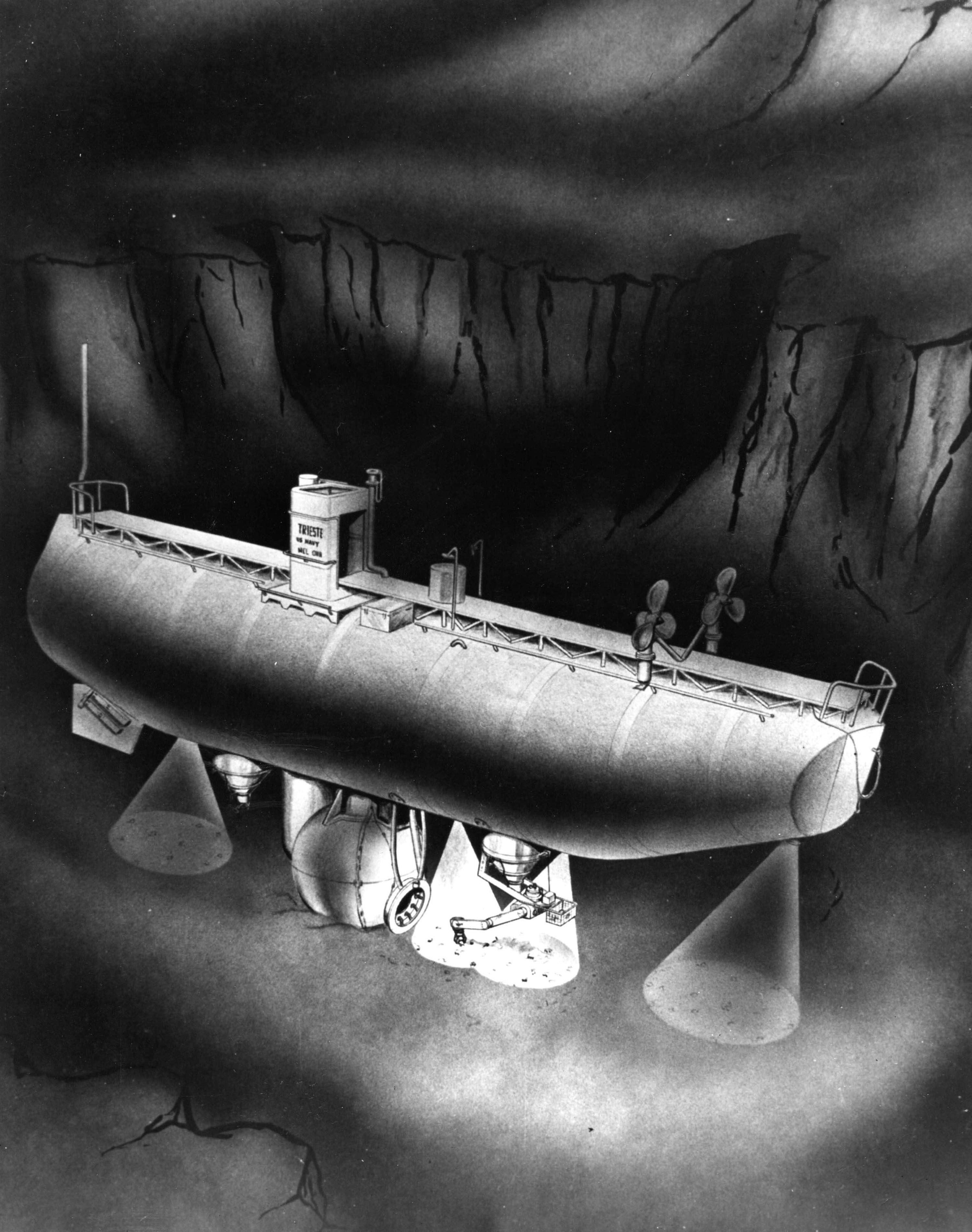

The two spent approximately 20 minutes on the ocean floor before dropping their ballast of iron pellets and beginning a 3 hour and 15 minute ascent back to the surface. “So we just decided to continue on down.” “We looked at all of our indicators, our instruments and such, and everything was normal,” said Walsh.
TRIESTE SUBMARINE MUSEUM CRACKED
The two were unable to find the source of the bang, only later to find out a Plexiglas window in the entrance tunnel had cracked due to the enormous pressure of the deep sea.

At approximately 9400 meters, the pilots heard a loud bang, and the sub shook violently. The descent took approximately 4 hours and 47 minutes. “We were two engineers who made the dive with this thing to make sure it was safe, it was reliable, and could do good oceanographic work as a platform for marine scientists and oceanographers.”

“We were test pilots, like a new airplane, we were not oceanographers,” said Walsh. This was the first time a vessel had ever reached the deepest known point of the Earth’s oceans. 23 1960, with Jacques Piccard and Don Walsh piloting the submersible. “Only three people have been to the deepest place in the ocean, myself and Jacques Piccard in the Trieste, and Jim Cameron.įollowing years of modifications and preparations, Trieste was finally ready and the two man crew took the plunge, descending to the depth of 10,916 metres (35,814 ft), reaching the trench floor on Jan. “I’m the only one at the reunion that was involved with the original Trieste, because that was 57 years ago,” said retired Capt. The Trieste was initially operated by the French Navy before being purchased by the United States Navy in 1958, and was the first of only two manned submarines ever to explore the deepest part of the ocean, the Challenger Deep in the Marianas Trench.
TRIESTE SUBMARINE MUSEUM HOW TO
“It wasn’t like nuclear power, where you just do things by the reactor plant manual, in deep submergence you have got to sort it out, figure out how to do it, and do it. “Everything we did, we did it for the first time, and we had to figure out how to do it, said Merle Vogel, Trieste II pilot. The Alumni Association is comprised of members who were associated with the Trieste, or its predecessor, deep submergence vehicle Trieste II (DSV 1), in any capacity, including uniformed Navy, Naval Sea Systems Command, shipyard workers, universities, contractors, support ships and other support units. – More than 40 members of the Bathyscaphe Trieste Alumni Association gathered and reminisced at the Naval Undersea Museum-Keyport, as part of their bi-annual alumni reunion Sept.


 0 kommentar(er)
0 kommentar(er)
